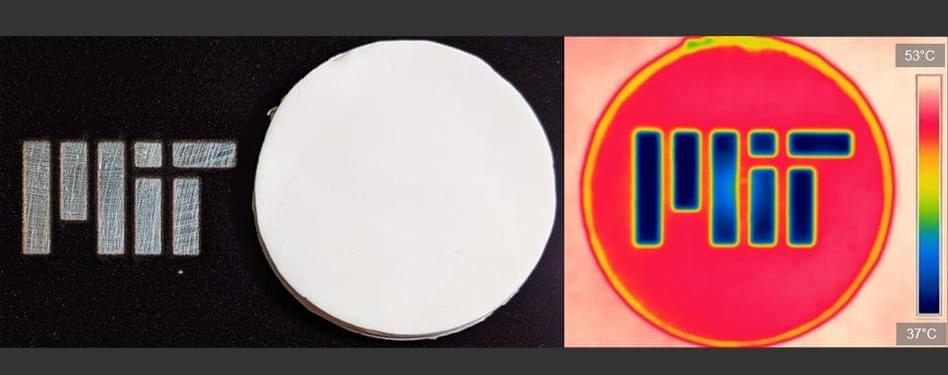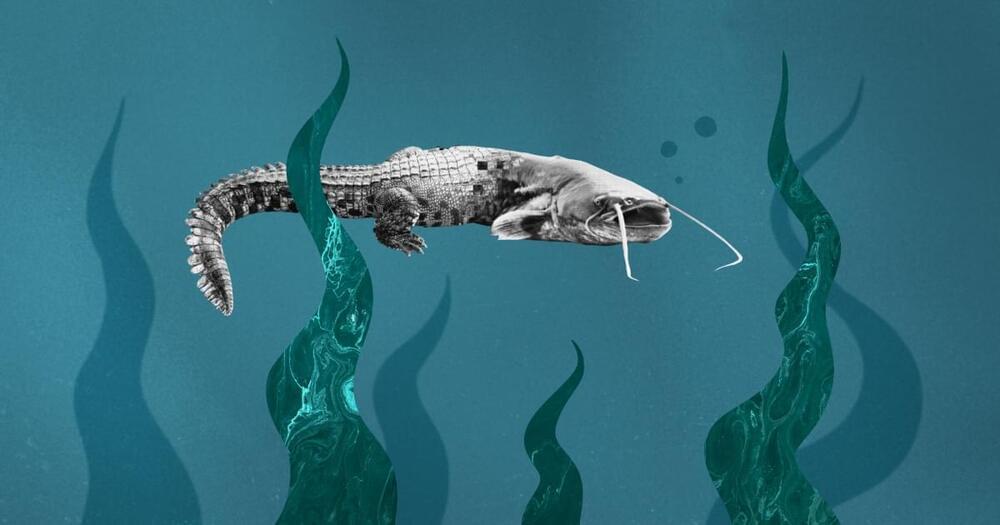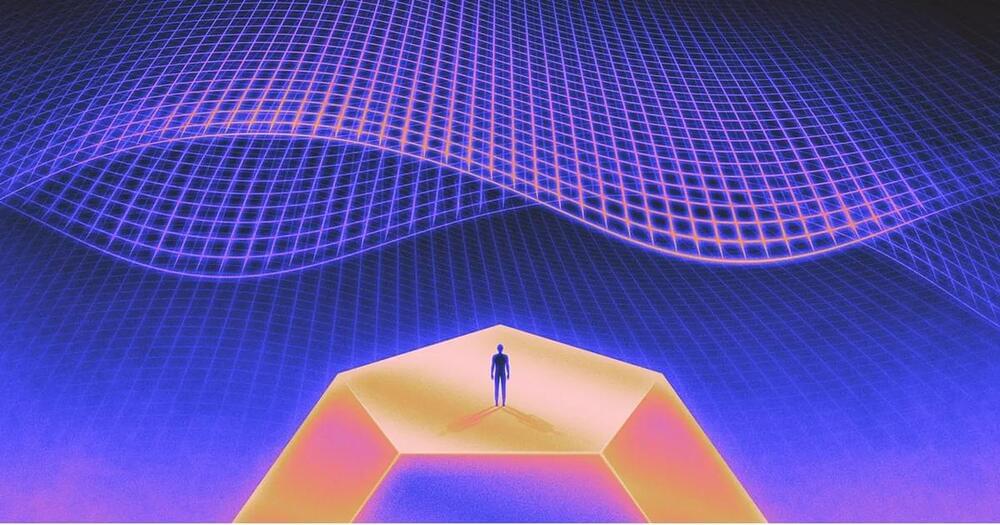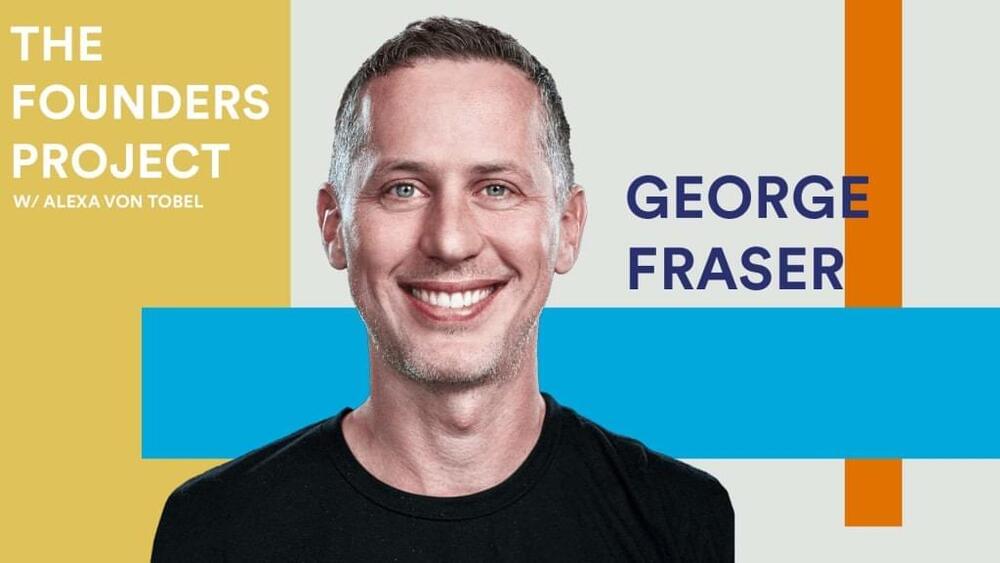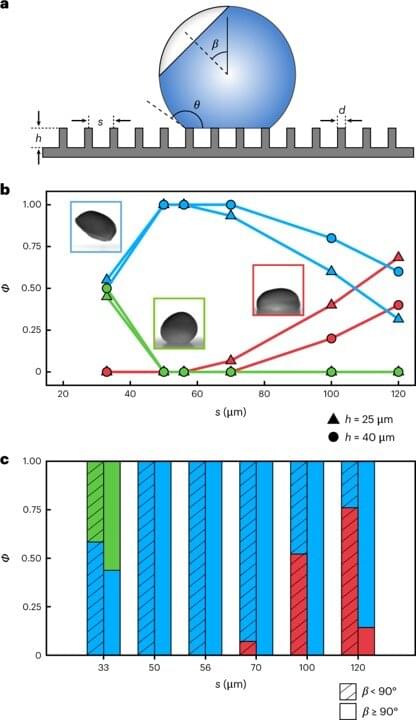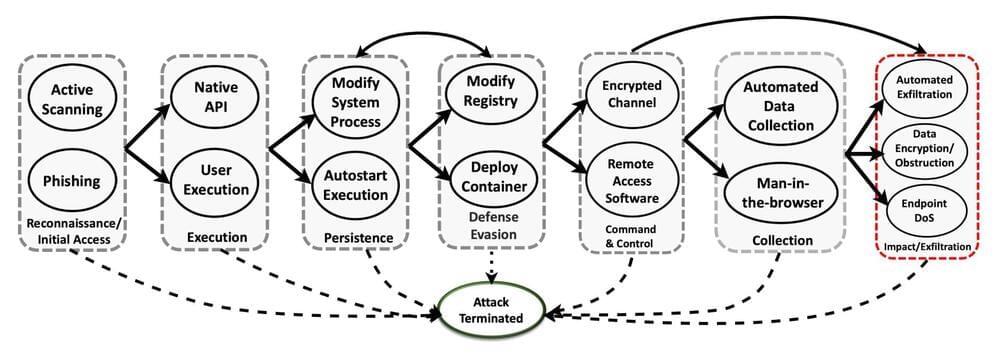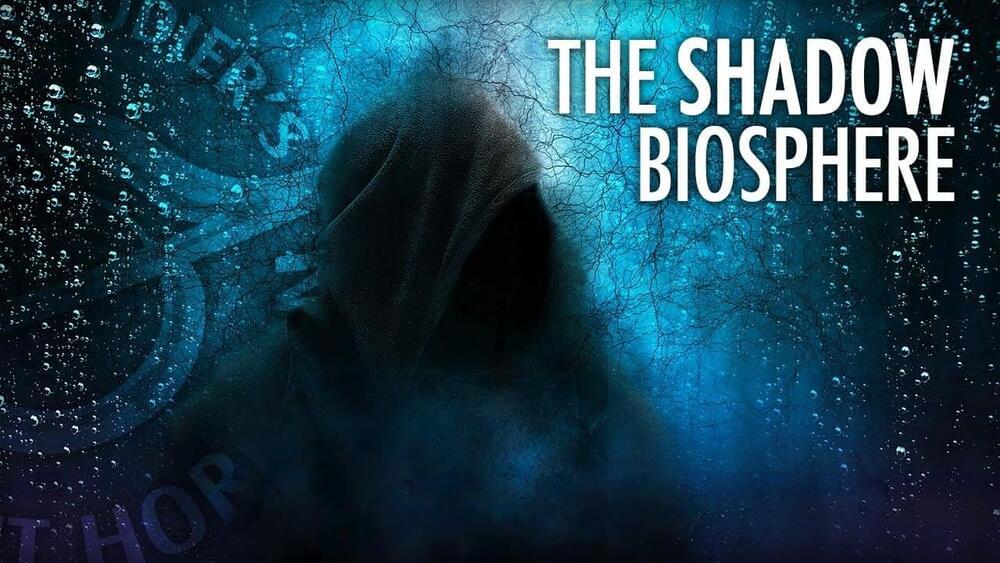Feb 17, 2023
System provides cooling with no electricity
Posted by Omuterema Akhahenda in categories: energy, space
The new system is described today in a paper in the journal Science Advances, by MIT graduate student Arny Leroy, professor of mechanical engineering and department head Evelyn Wang, and seven others at MIT and at the Pontifical Catholic University of Chile.
Such a system could be used, for example, as a way to keep vegetables and fruit from spoiling, potentially doubling the time the produce could remain fresh, in remote places where reliable power for refrigeration is not available, Leroy explains.
2022 story:
Continue reading “System provides cooling with no electricity” »
